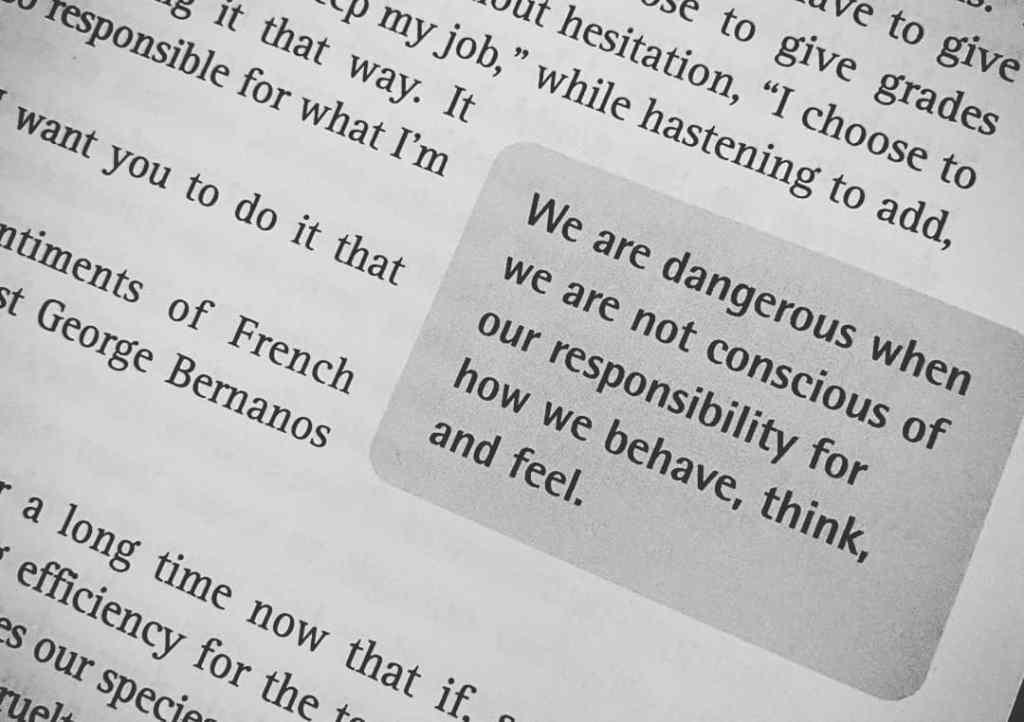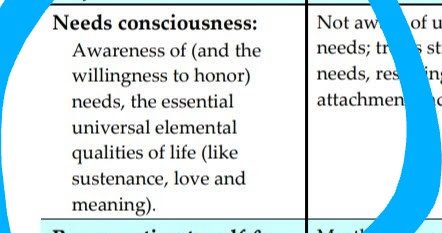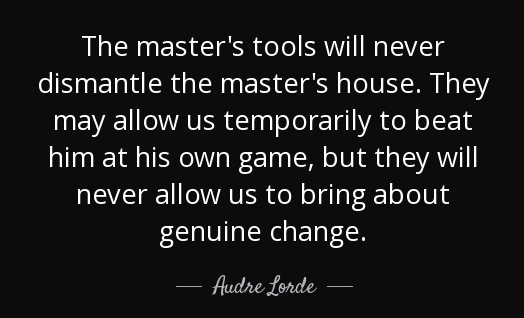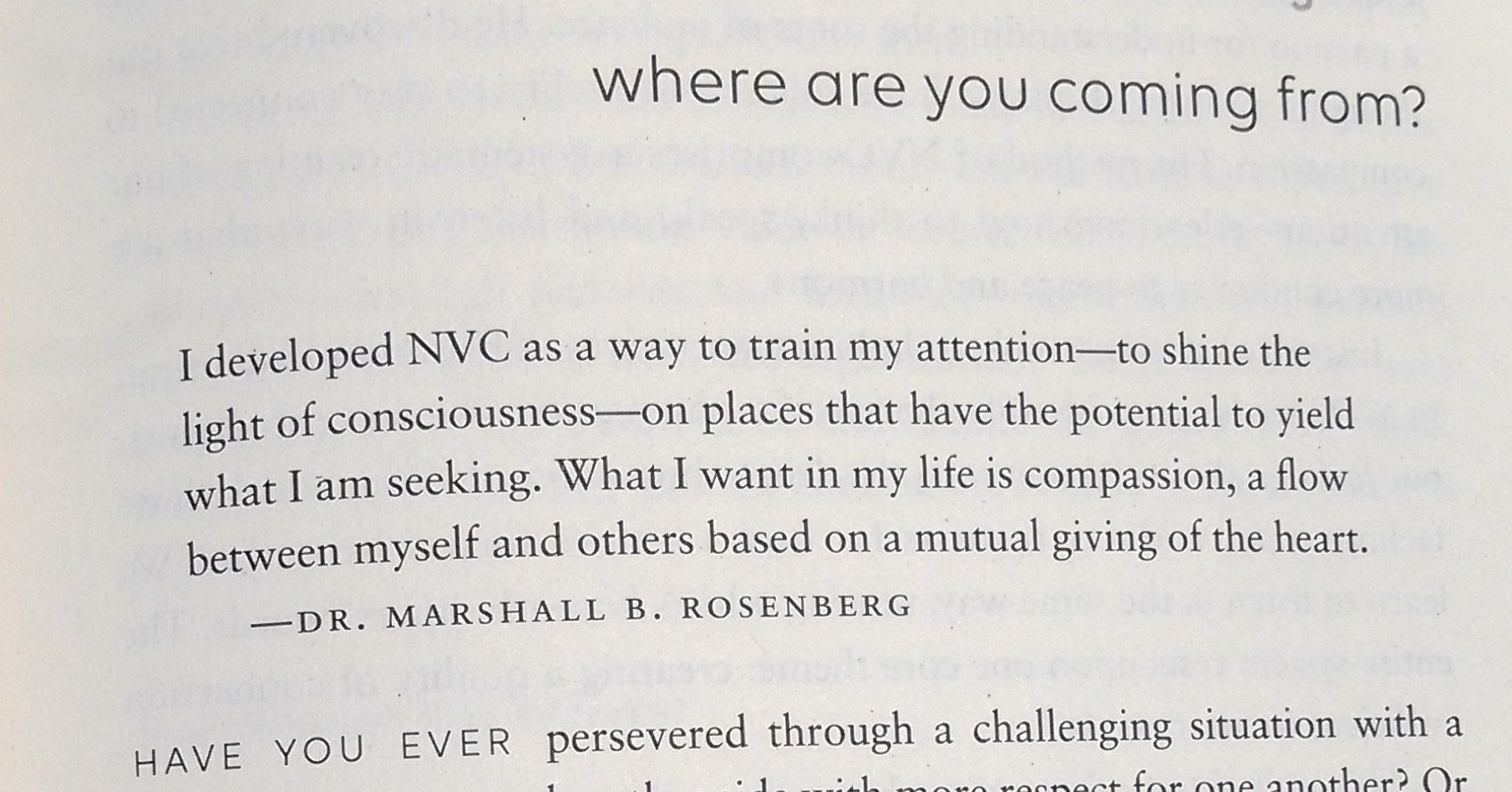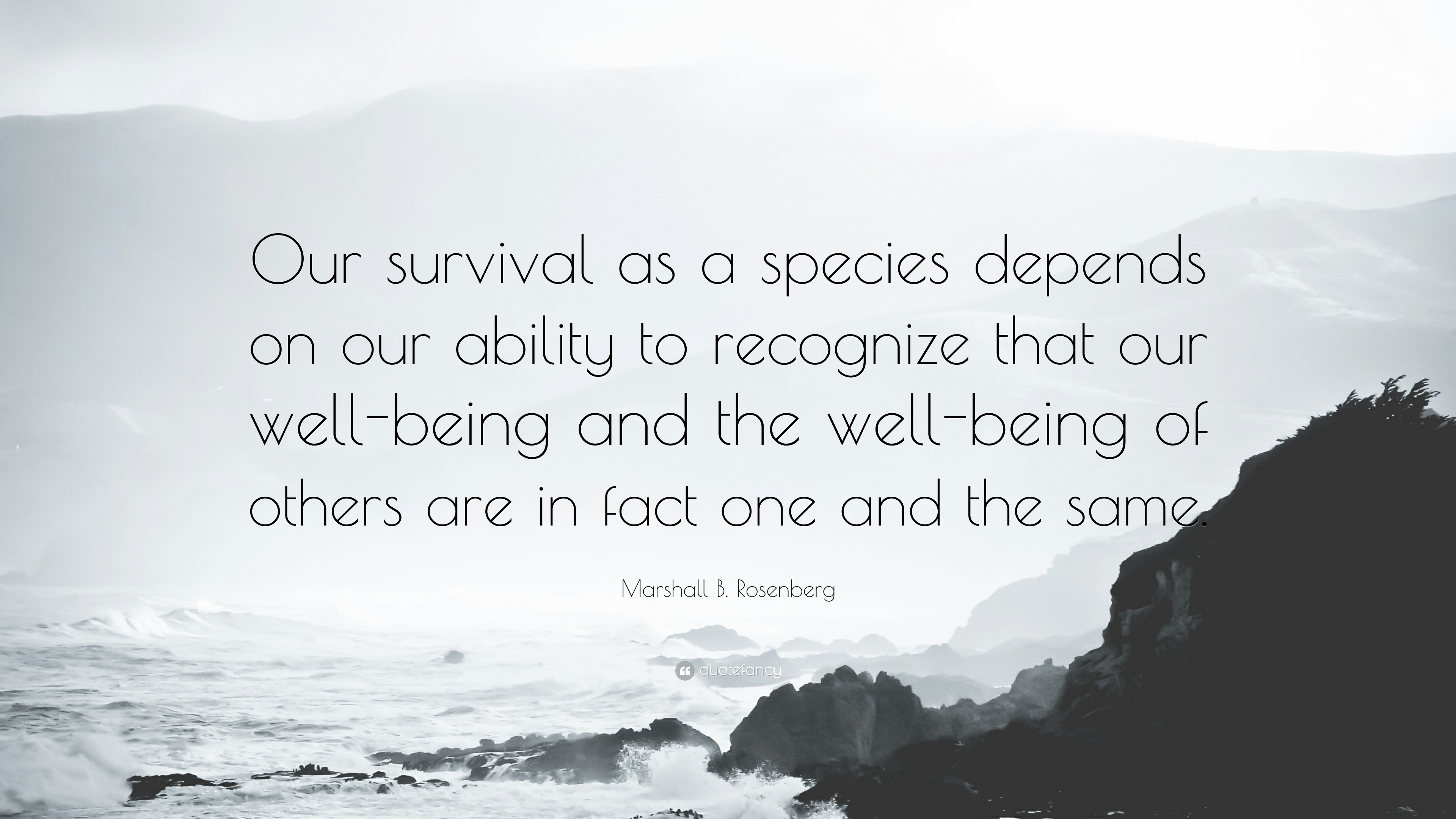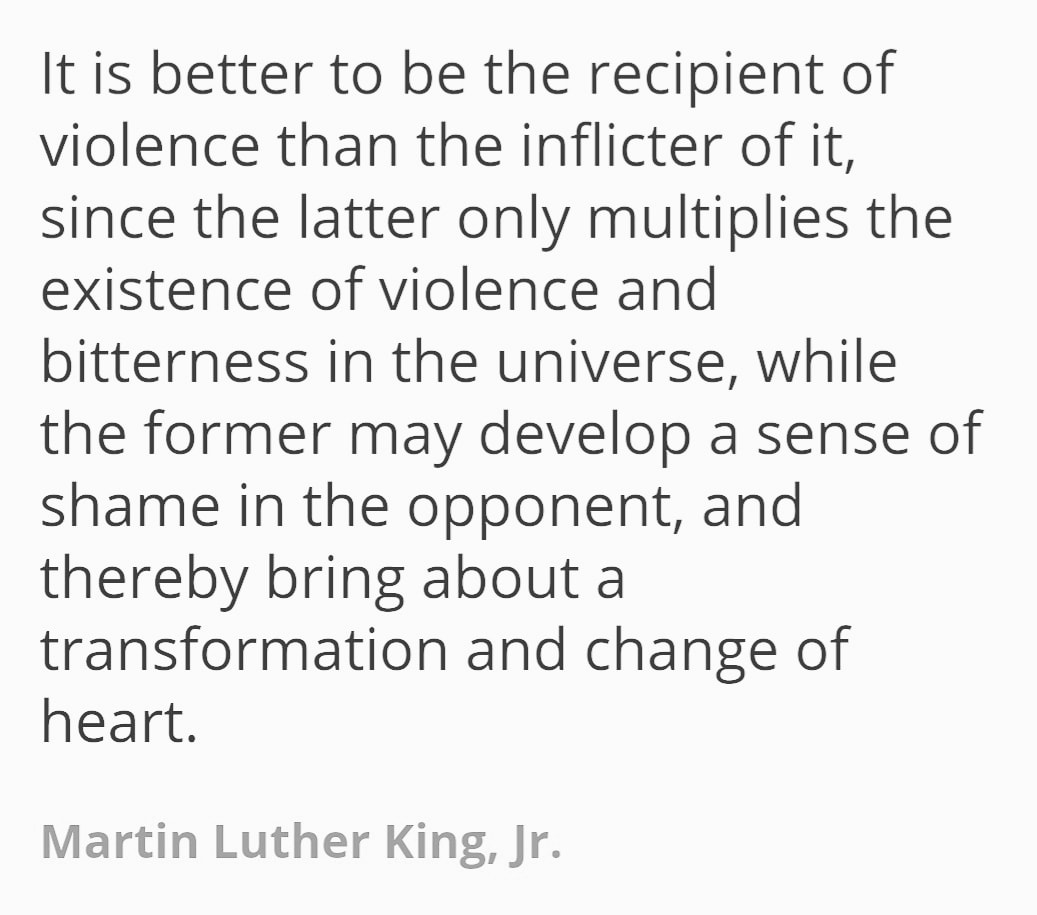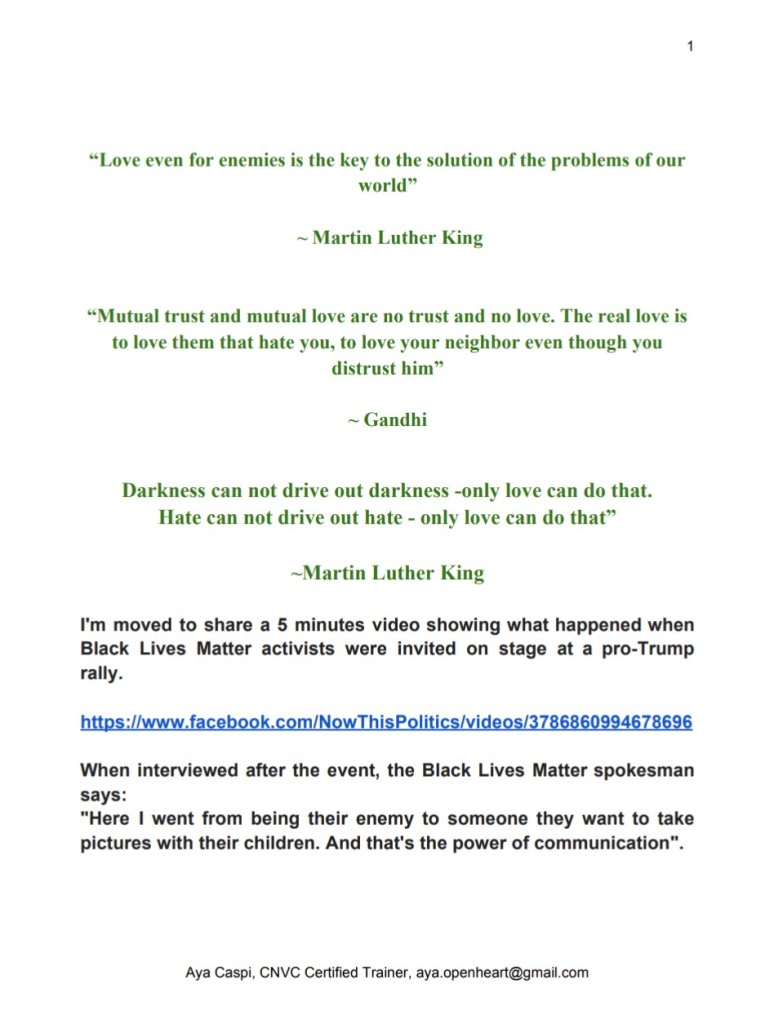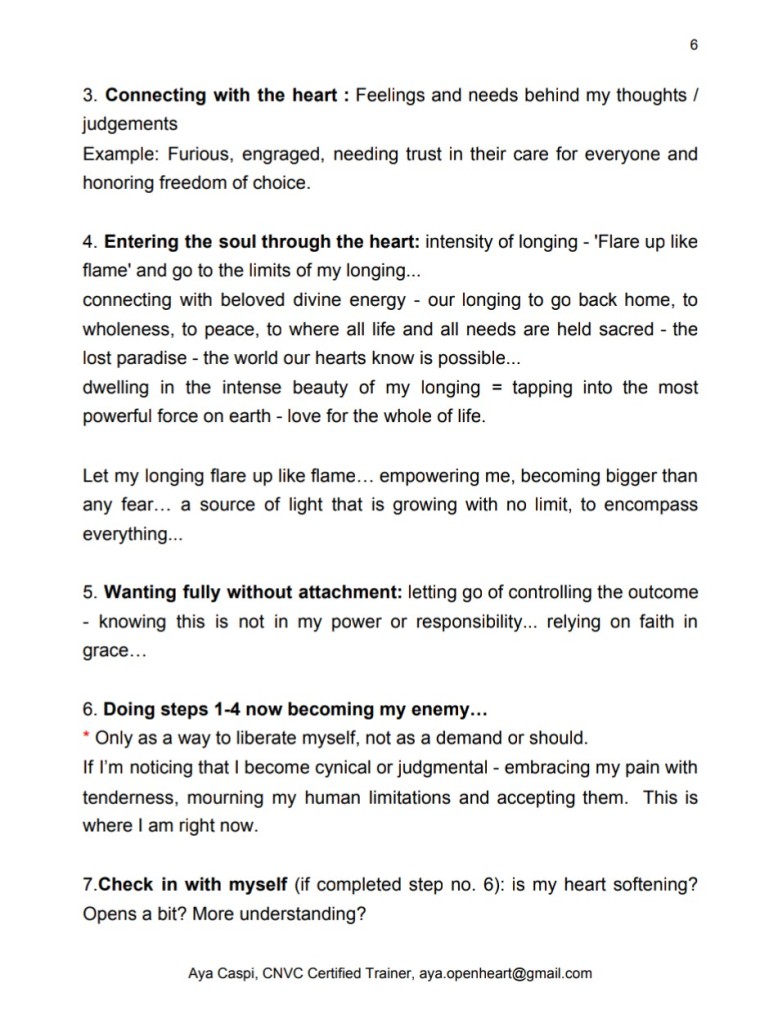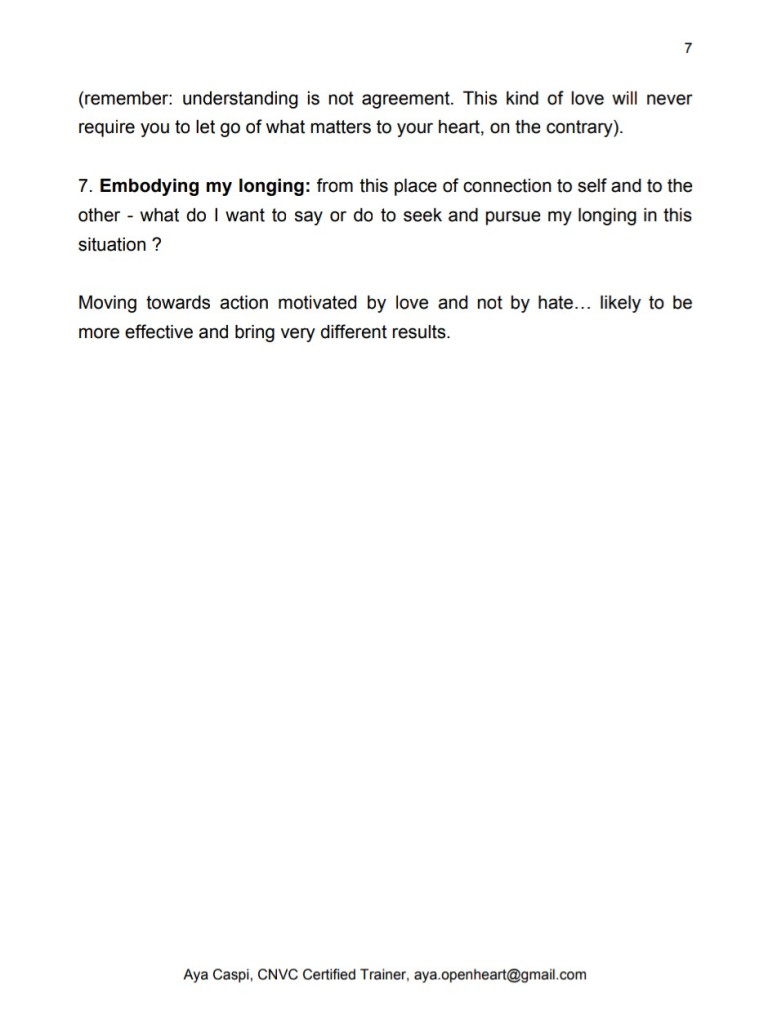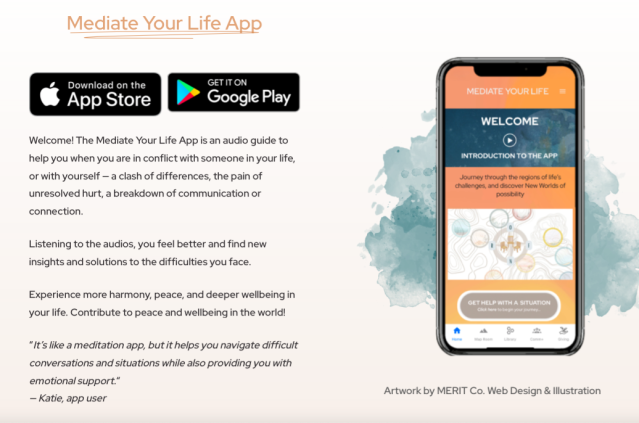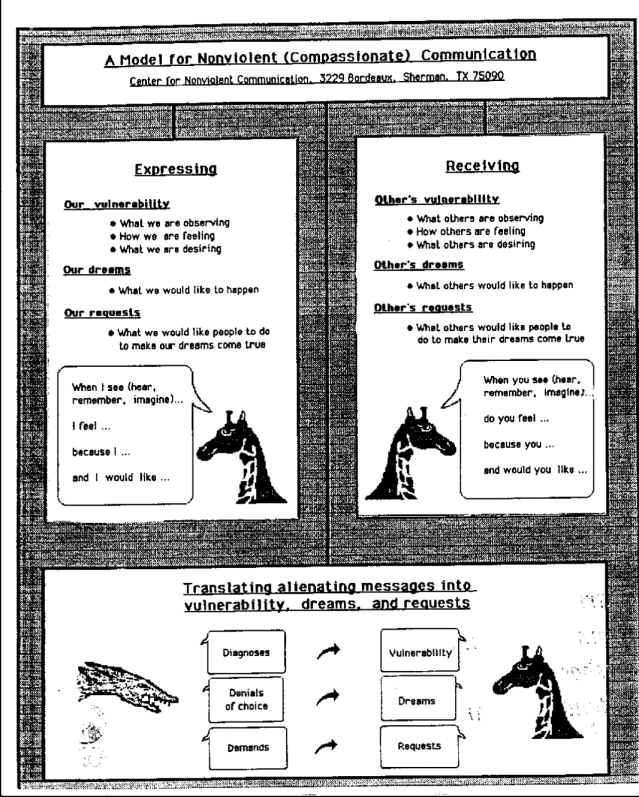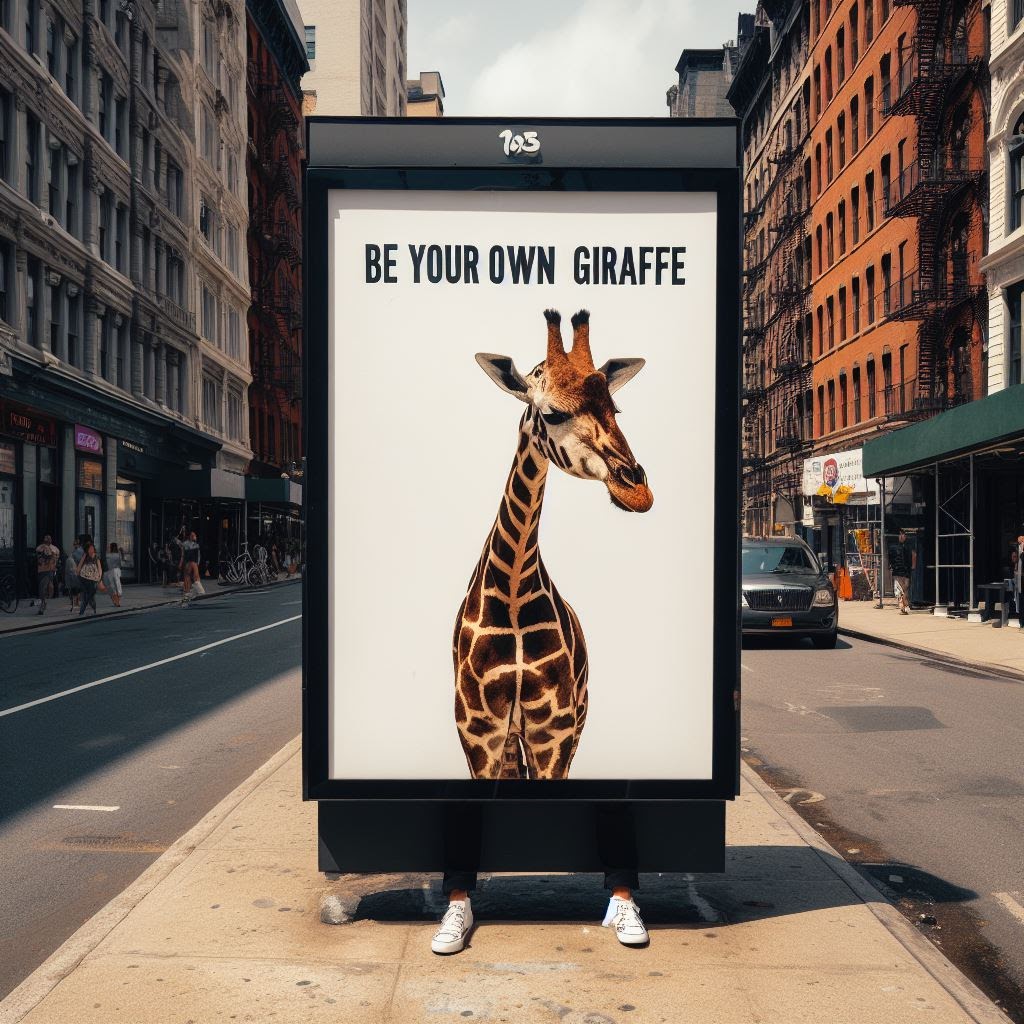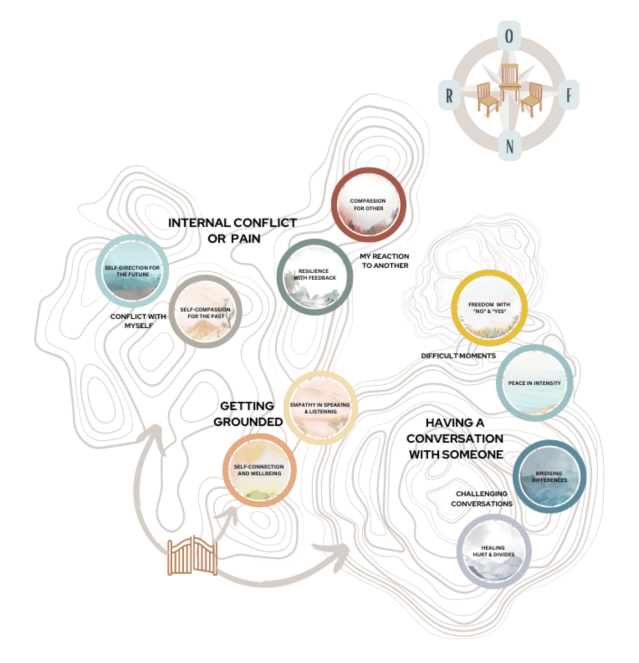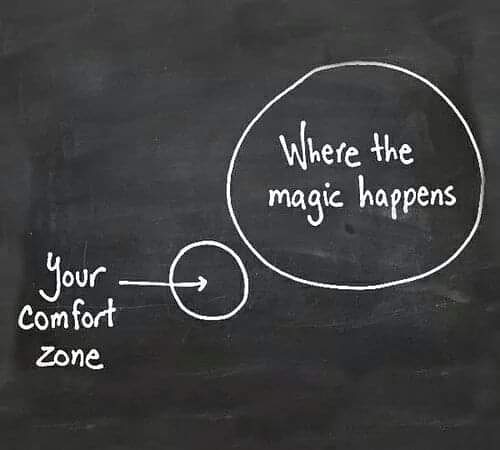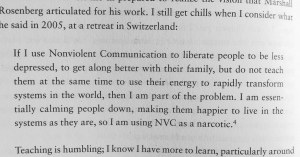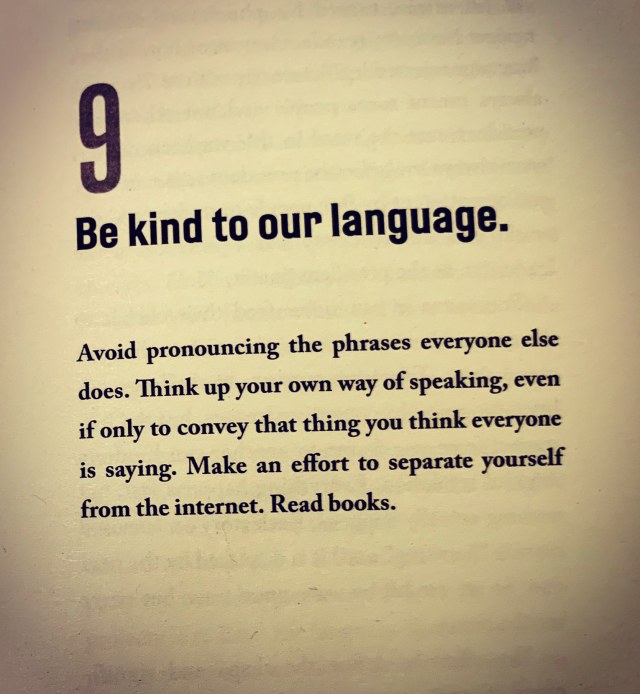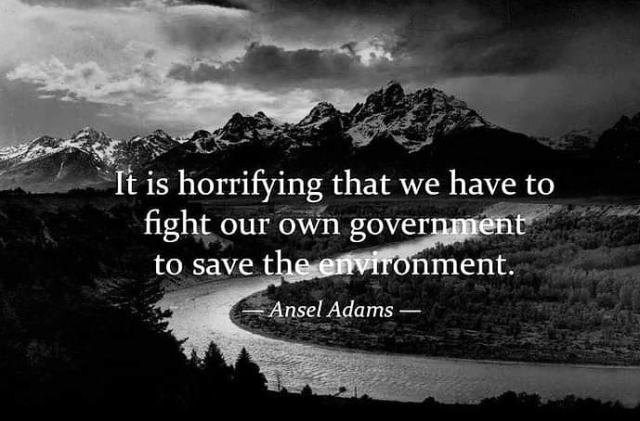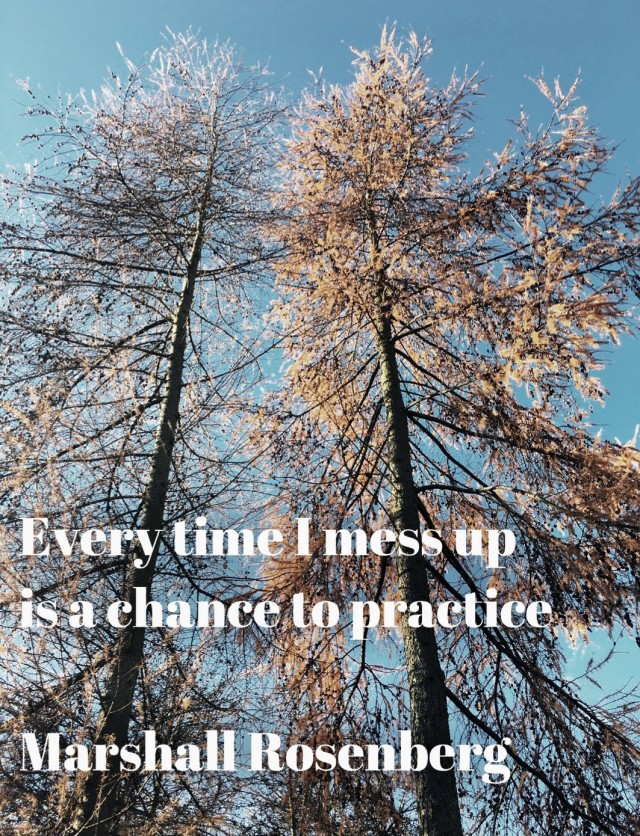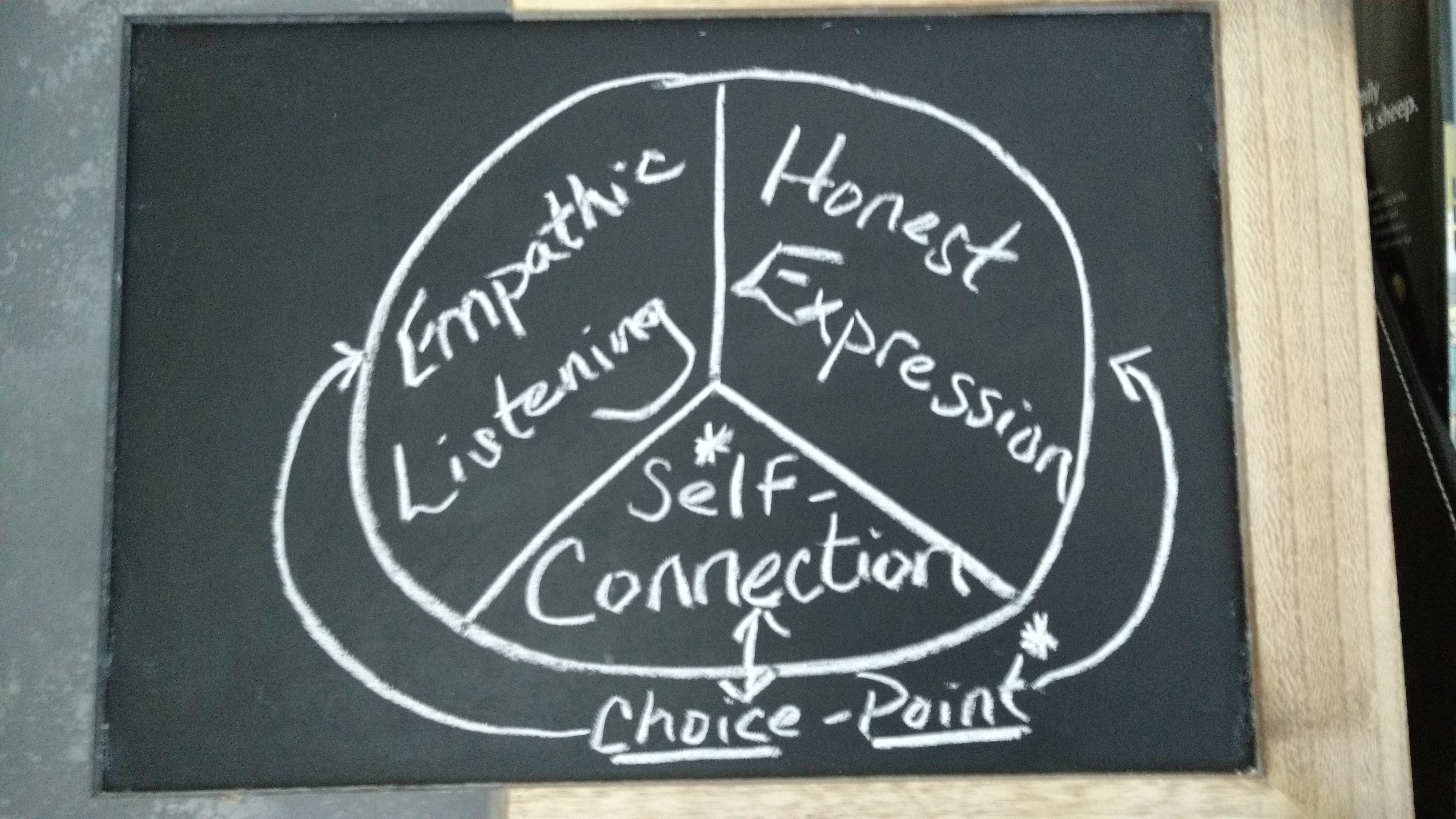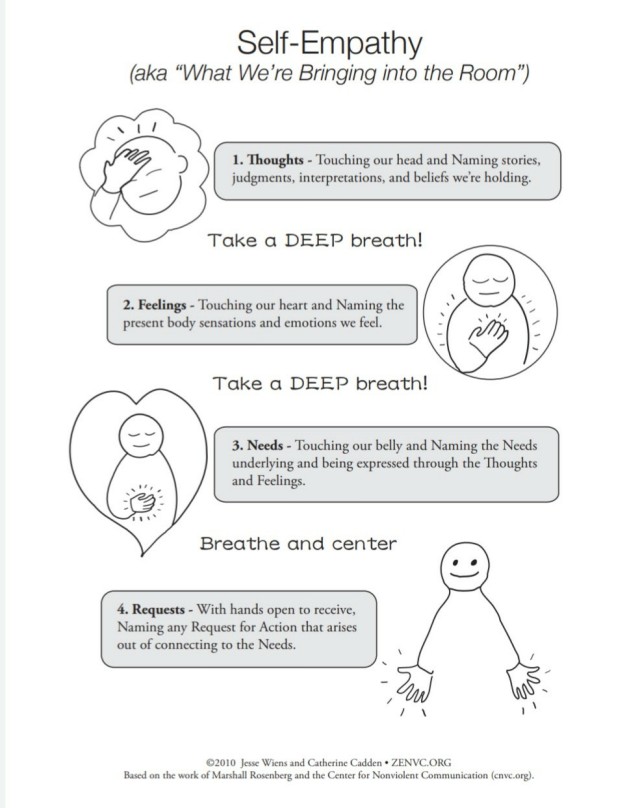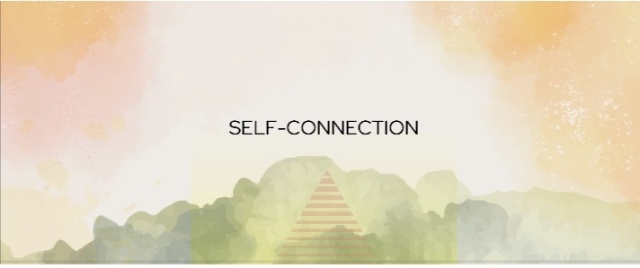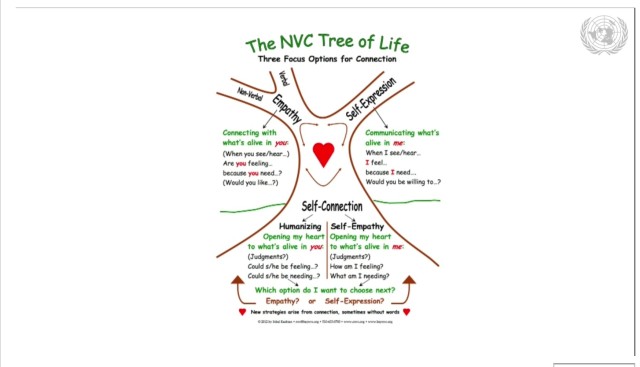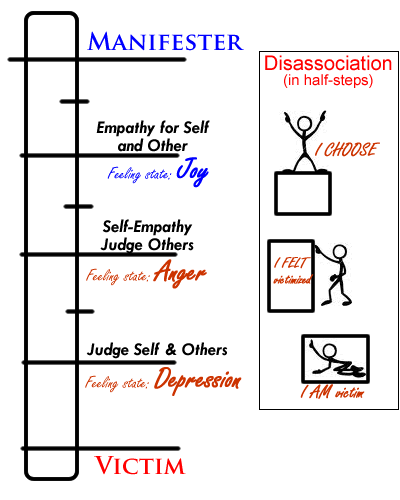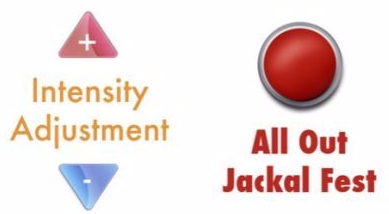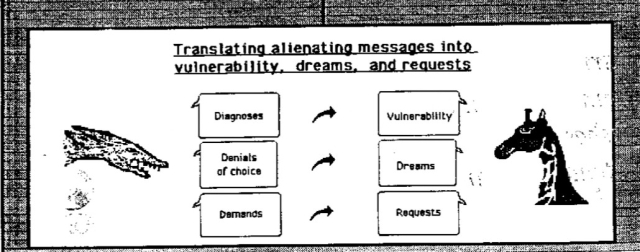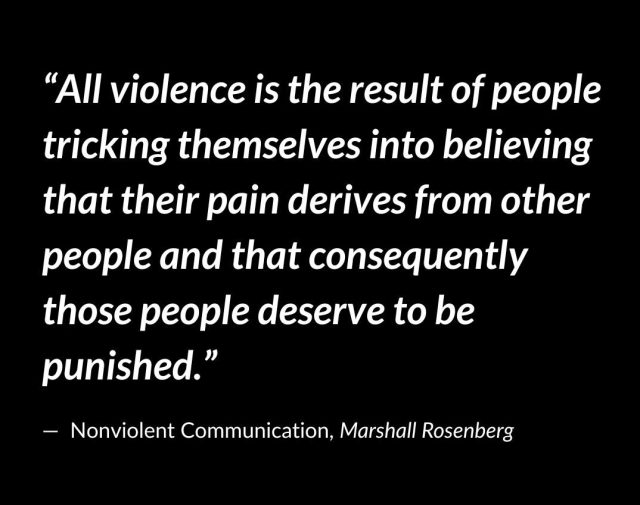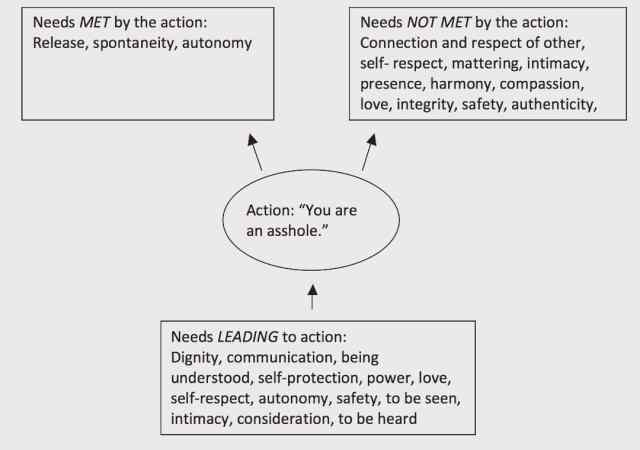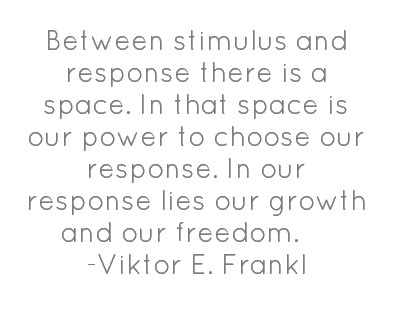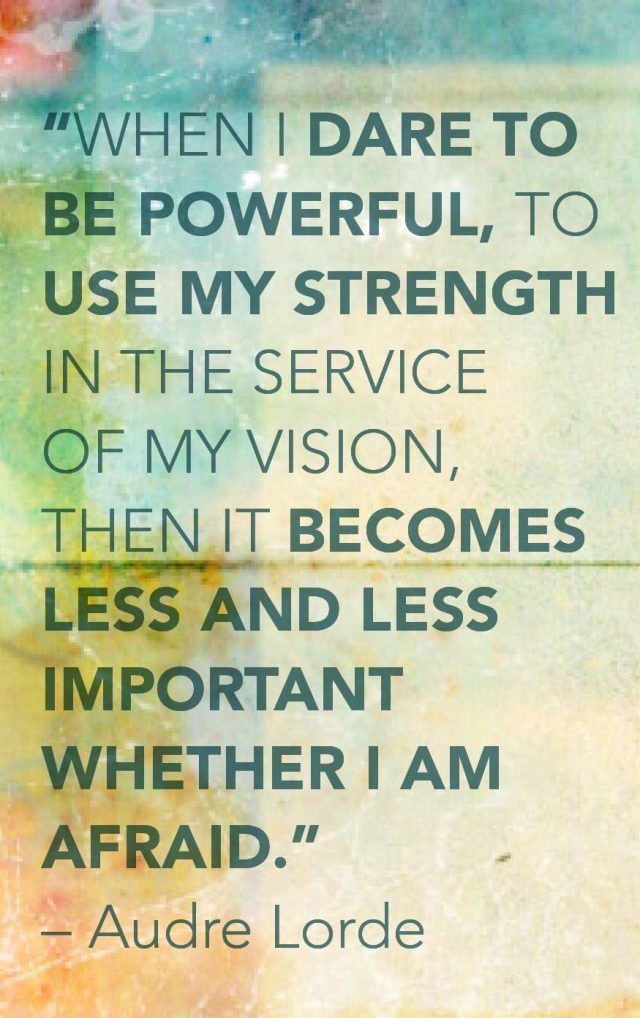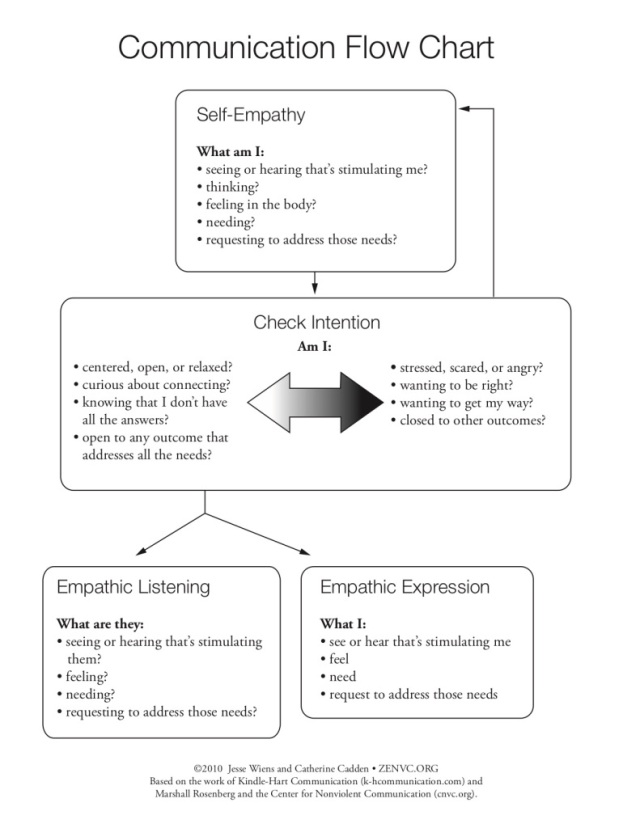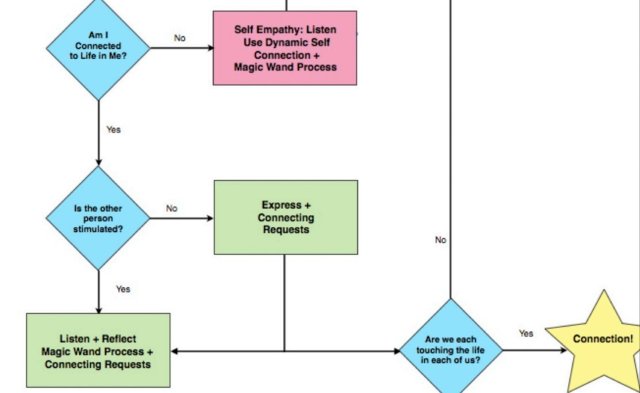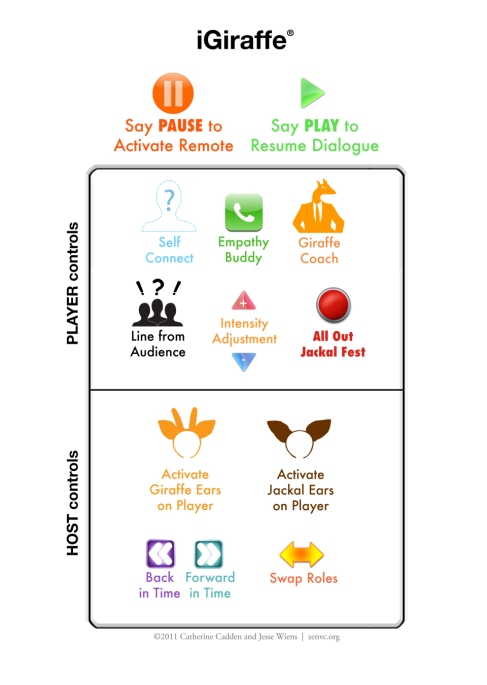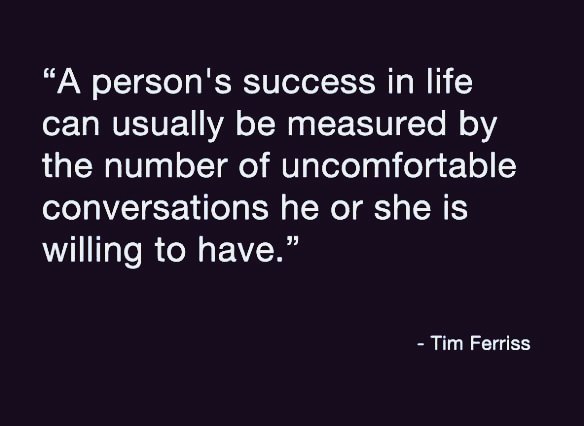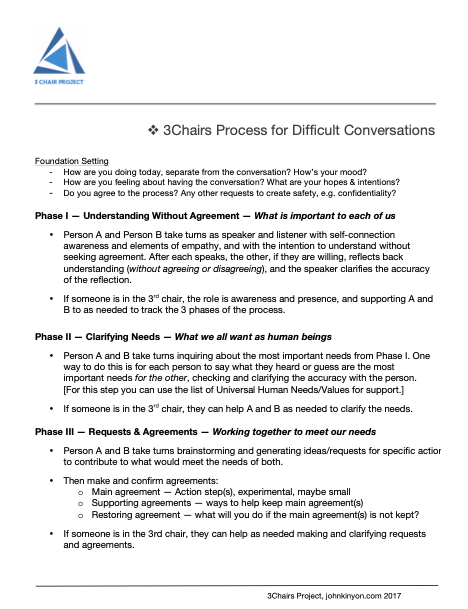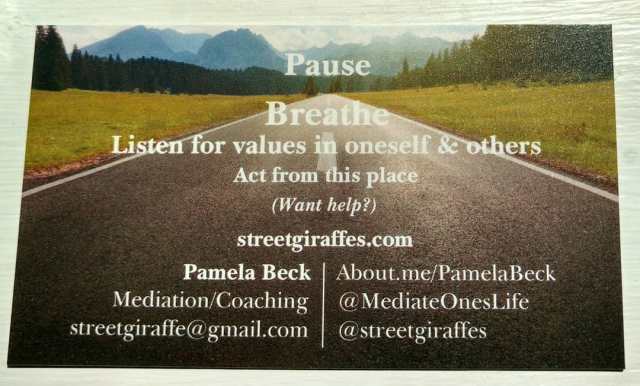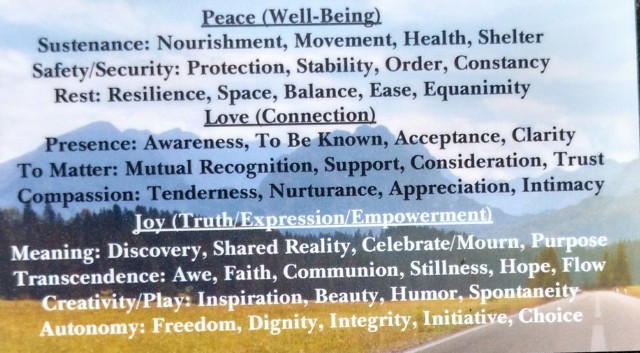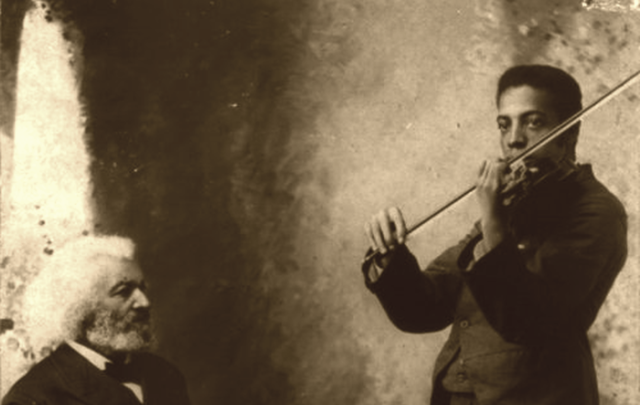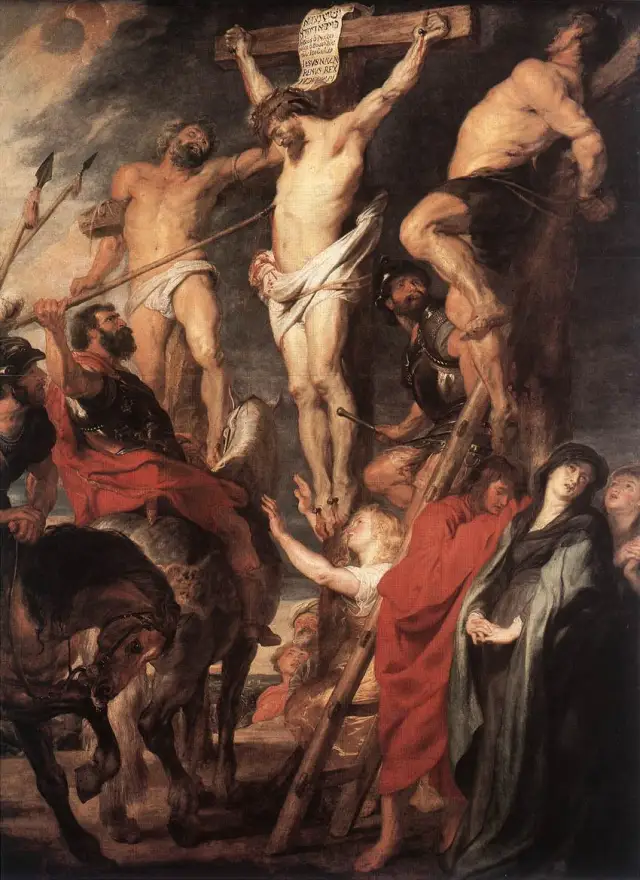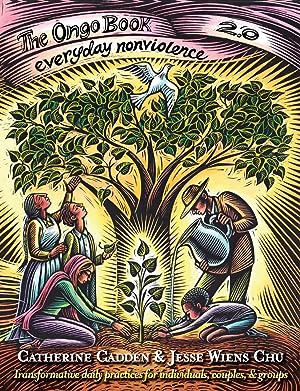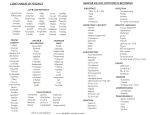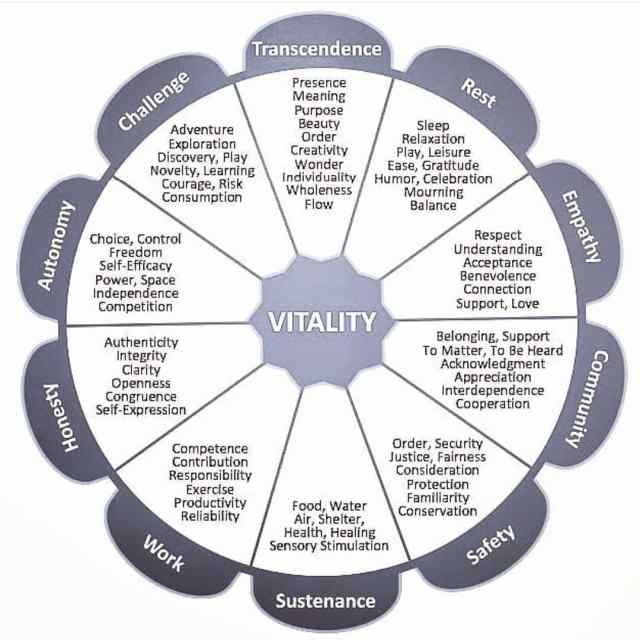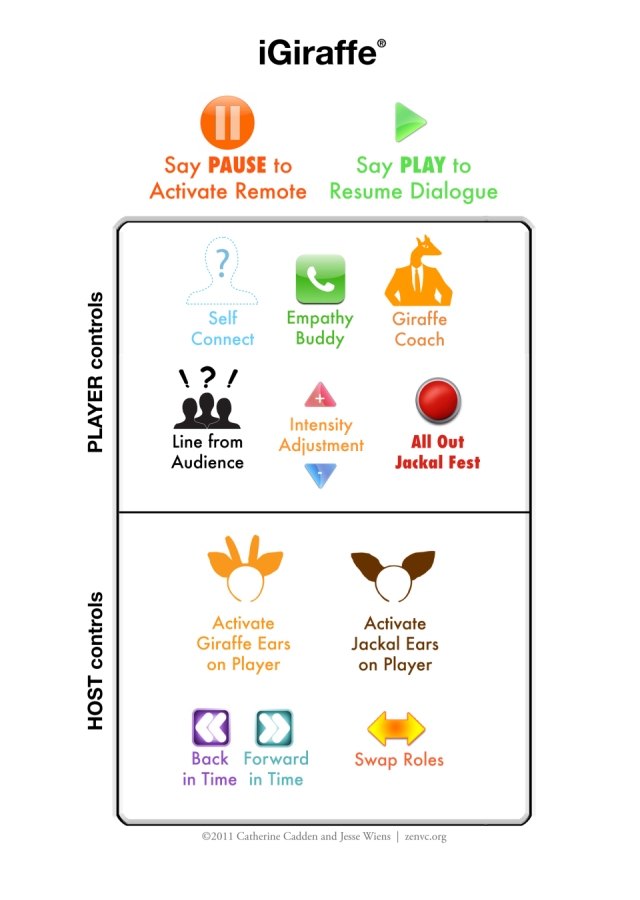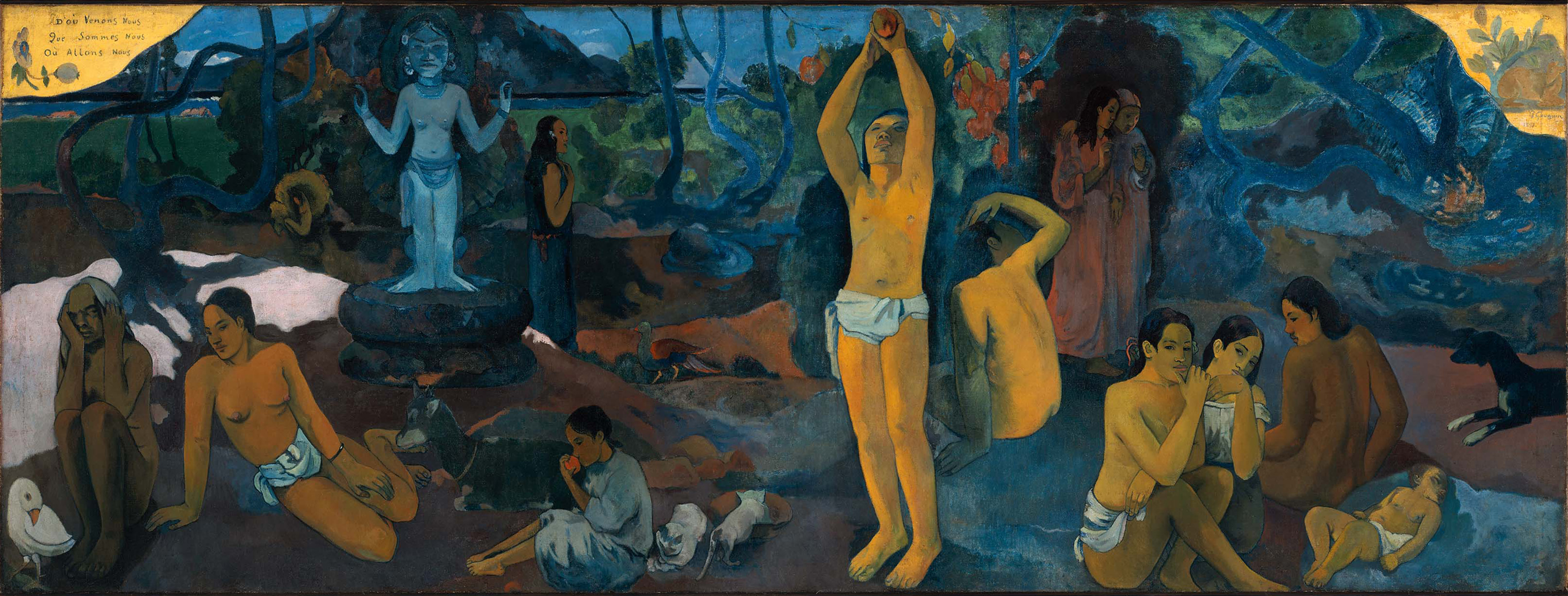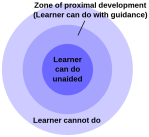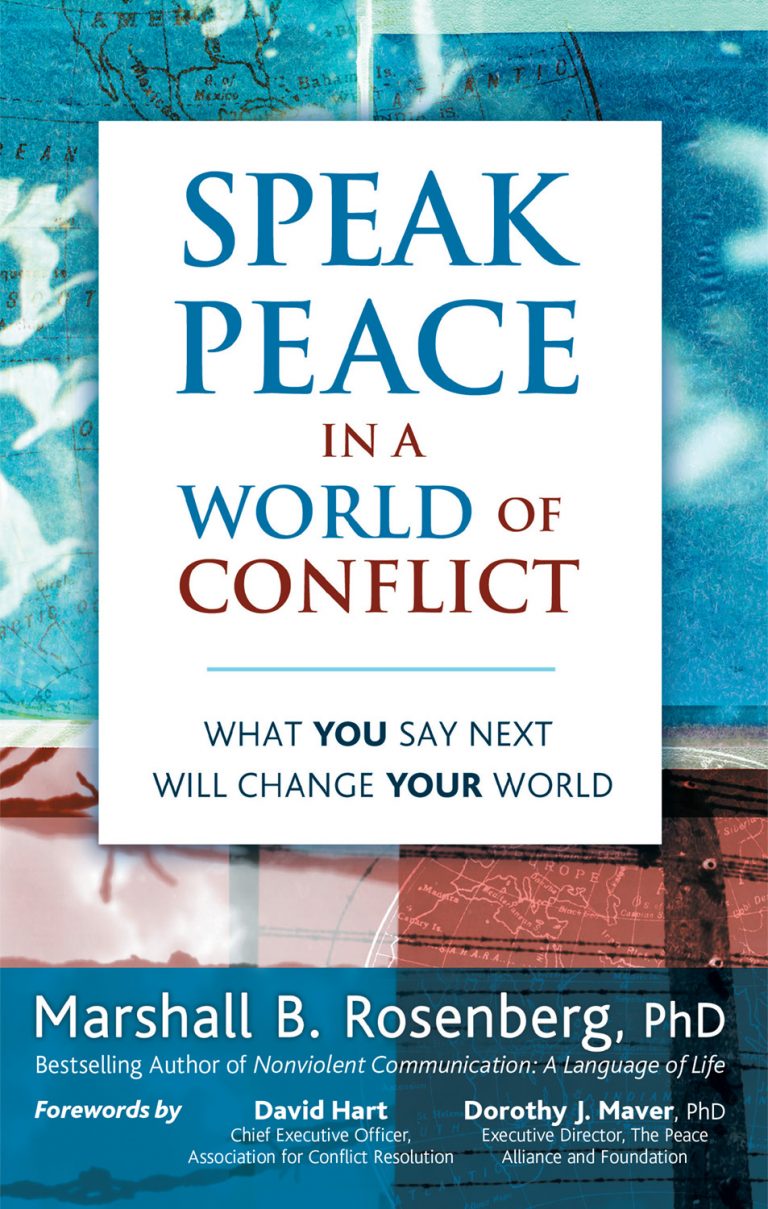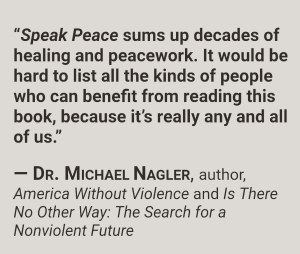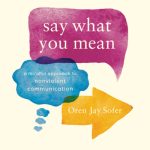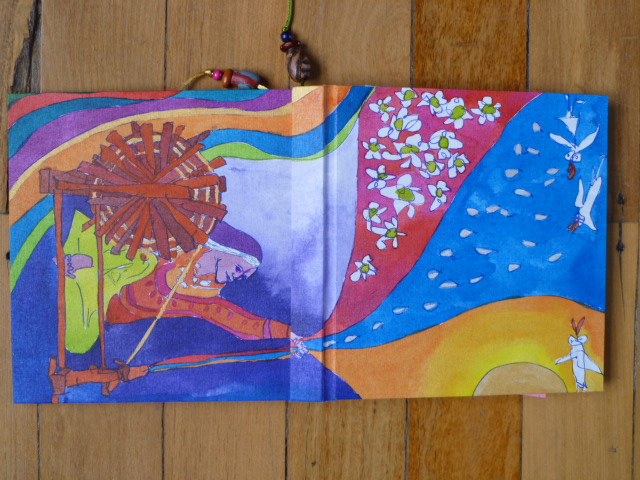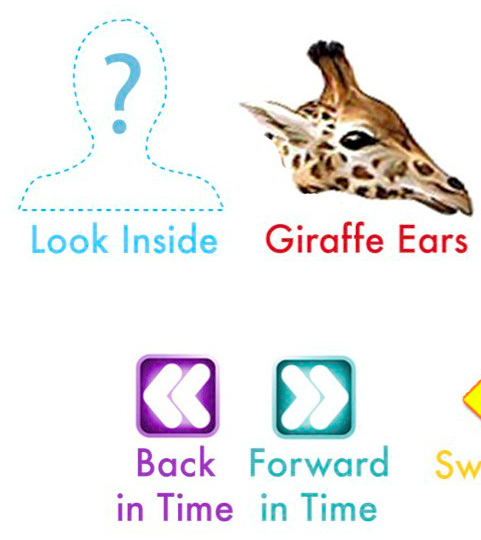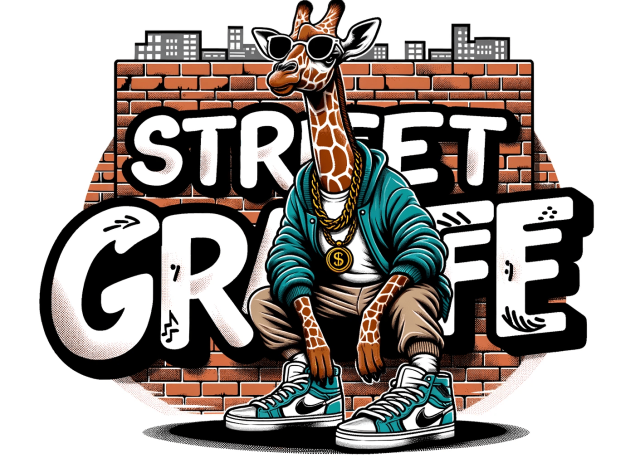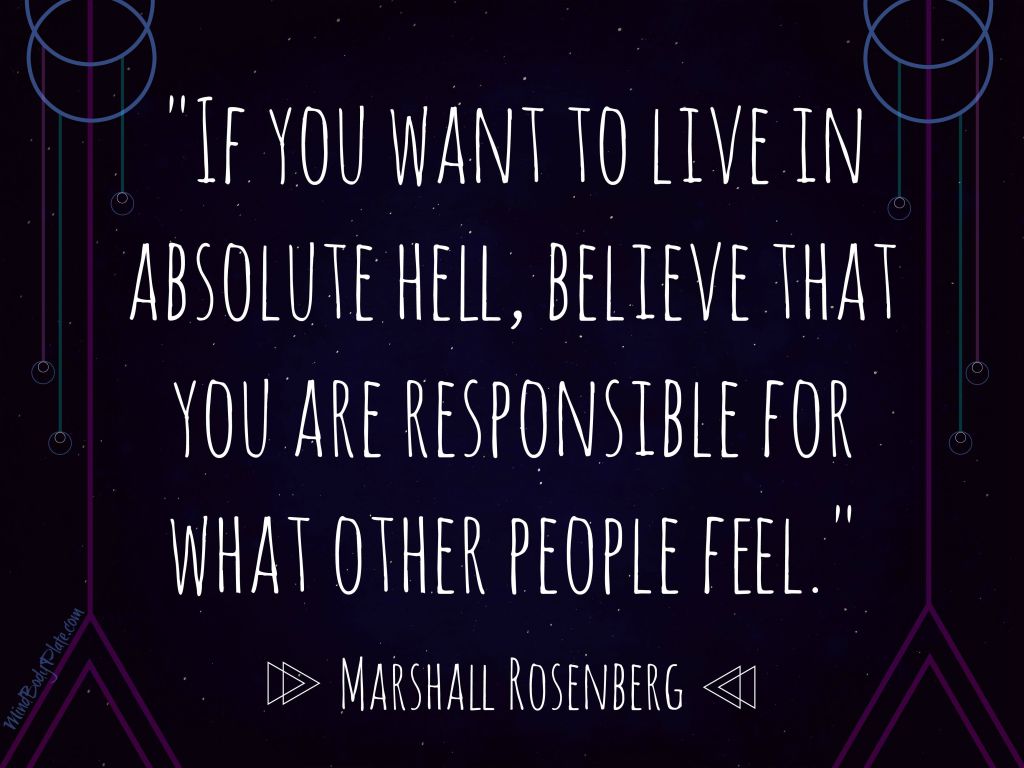Seeds, Roots, Branches & Fruits of a Nonviolent Ethos

Gandhi said: “ahimsa … is more than just the absence of violence; it is intense love.”
What Is “Nonviolent” about Nonviolent Communication?
See also: NVC/Needs-Consciousness
How to Embody Nonviolent Power with @DrYvetteErasmus
Blog post re: Nonviolence/Nonviolent Communication:
How to Embody Nonviolent Power – Dr. Yvette Erasmus
&
Self-Trust: Our Ability to Respond
“One of the things I love about the relational practice of nonviolence is how it frees me up to field a much wider range of responses from other people, without losing access to my compassion, courage or grounded clarity.” (continues)
See also:
Hindsight, Foresight And Insight – Dr. Yvette Erasmus
Excerpt:
…During my monthly zoom call last Friday, we talked about how to apply nonviolent principles when we are working with anger.
As we explored the varying roles of relational context, self-resourcing, intentionality and self-awareness in deciding how to proceed in charged conversations, a caller expressed feeling disheartened about how hard it is for her to switch into nonviolent consciousness once she is triggered.
I can relate.
In moments like these, I’ve learned to disengage temporarily, and then practice empowered self-care.
This means that I stop myself from analyzing and blaming the other person, and instead I ask myself questions like these:
How much of my intensity is about what is actually happening in this present moment? How much of my intensity is about my own chronically unmet needs? How much of my intensity is about patterns from my own life? What is deeply important to me here – what am I going to bat for exactly? Is this other person able to give me the empathy I need or do I need to get it elsewhere?
I also revisited the three powerful kinds of sight we develop to support us as we learn and grow:
Hindsight. Foresight. Insight.

Free, weekly zoom calls & podcast
(Relational Applications of Nonviolence or how to be both ‘honest & kind’)
The Protective vs. The Punitive Use of Force (blog post)
& 3 Strategies to Try
&/or
Protective vs. Punative Use of Force
(via Conversations from the Heart podcast)

“Nonviolence does not mean being passive.
It is a courageous, active, and engaged way of life.”
~ Oren Jay Sofer via The Power of Nonviolent Communication | Psychology Today
“What is this kind of love? It appears to me that Jesus and Gandhi and those of us following their tradition through the practice of NVC think of love as the full radical acceptance of the humanity of every person, regardless of how unhappy we are with the results of their actions. This love is a commitment to act in ways that uphold that humanity; to care for the well-being of the other person even when we are in opposing positions; even when all that we value is at stake.”
~ Miki Kashtan,
Key Spiritual Practice: Wanting Fully Without Attachment

Wanting Fully Without Attachment [PDF]
Kashtan: “…I wrote a full-length article about it in Tikkun Magazine. I called it Wanting Fully without Attachment. My aha moment was discovering that it’s attachment that leads to suffering, not wanting per se. Wanting, I believe, is the core energy that makes life happen…I see wanting without attachment as a deep spiritual practice. I am still learning, and will probably continue to learn.” via Why Wanting Matters | The Fearless Heart
Eyes on the Prize | PBS
(via YouTube)
Non-Violence by Carl Reuterswärd – United Nations, New York, NY, USA
The Knotted Gun: The sculpture Non-Violence is also known as “The Knotted Gun”. It was originally created as a memorial tribute to John Lennon, by Swedish friend and artist Carl Fredrik Reuterswärd.

(Courtesy of Giorgio Galeotti via Wikimedia Commons)
The Force of Nonviolence by Judith Butler – Yale University
How To Work With Anger Nonviolently
Yvette Erasmus, PsyD – YouTube
5 Steps for Working with Anger Nonviolently | by Yvette Erasmus PsyD
For more as to NVC & Social Change Agency:
Politics, Climate & NVC
See also:
Spiritual Basis for Nonviolent Communication
What Is “Nonviolent” about Nonviolent Communication?
by Miki Kashtan
One of the most frequent questions I hear when I talk about Nonviolent Communication is “Why Nonviolent?” People feel uneasy. They hear the word nonviolent as a combination of two words, as a negation of violence. They don’t think of themselves as violent, and find it hard to embrace the name.
For some time I felt similarly. I was happier when I heard people talk about Compassionate Communication instead of Nonviolent Communication (NVC), because it felt more positive. After all, isn’t the practice of about focusing on what we want, where we are going, instead of looking at what’s not working? Why would the name be any different?
Like others, I was unaware of the long-standing tradition of nonviolence to which Nonviolent Communication (NVC) traces its origins. Then I learned more about Gandhi. I became more acquainted with the story of the Civil Rights movement. Then I fell in love with the name Marshall Rosenberg gave to this practice, and more so over the years. Here’s why.
Nonviolence as Love
The word nonviolence is the closest literal translation that Gandhi found to the Sanskrit word ahimsa. Although in English this word appears as a negation, in Sanskrit naming a concept or quality through negation instead of directly is sometimes a way of suggesting it is too great to be named. Indeed, avera, the word for love in Sanskrit, literally translates into “non-hatred.”
Hinduism is not the only tradition that honors the unnamable. As a friend pointed out to me when talking about this, Judaism has a similar practice. The name of God is unsayable in Hebrew, being letters without vowels, without instructions for how to read them. Some things are beyond words. And nonviolence is one of them.
Gandhi said: “ahimsa … is more than just the absence of violence; it is intense love.” (Gandhi the Man p. 53)
What is this kind of love? It appears to me that Jesus and Gandhi and those of us following their tradition through the practice of NVC think of love as the full radical acceptance of the humanity of every person, regardless of how unhappy we are with the results of their actions. This love is a commitment to act in ways that uphold that humanity; to care for the wellbeing of the other person even when we are in opposing positions; even when all that we value is at stake.
For the past 15 years I have been dedicating my life to this quest. I want to keep learning and exploring what nonviolence means. I want to live this intense love; model it as best I know how, and more; expose and seek support for the places where I falter; and support others who want the same, who want to grow their capacity to love everyone, including themselves. This blog is, at heart, an attempt to do just that.
For a summary of Nonviolent Communication, click: here.
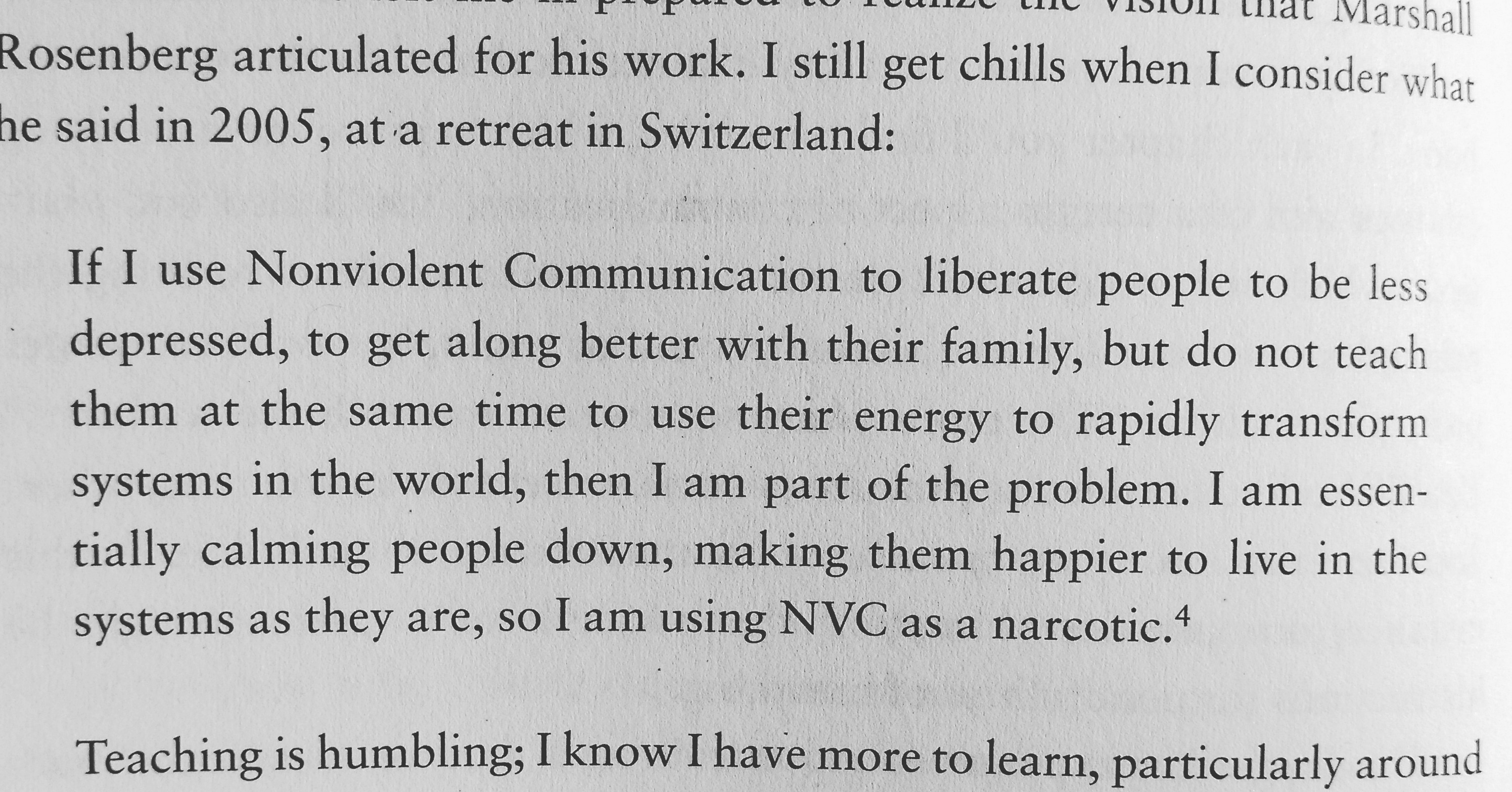
Rosenberg via Oren Jay Sofer
(For more on a ‘heterodox’ approach to nonviolent communication/ethos, scroll to bottom — e.g. Nelson Mandela’s tactical view of Nonviolence)
Philip Yancey on what living out the instructions of Jesus from the Sermon on the Mount (Matthew 5-7):
“The movie Gandhi contains a fine scene in which Gandhi tries to explain his philosophy to the Presbyterian missionary Charlie Andrews. Walking together in a South African city, the two suddenly find their way blocked by young thugs. The Reverend Andrews takes one look at the menacing gangsters and decides to run for it. Gandhi stops him. “Doesn’t the New Testament say if an enemy strikes you on the right cheek you should offer him the left?” Andrews mumbles that he thought the phrase was used metaphorically. “I’m not so sure,” Gandhi replies. “I suspect he meant you must show courage—be willing to take a blow, several blows, to show you will not strike back nor will you be turned aside. And when you do that it calls on something in human nature, something that makes his hatred decrease and his respect increase. I think Christ grasped that and I have seen it work.”
Sermon on the Mount: The Beatitudes
“Much of what passes as Christianity is a negation of the Sermon on the Mount,” Gandhi said in a famous lecture to the YMCA in Ceylon in 1927.
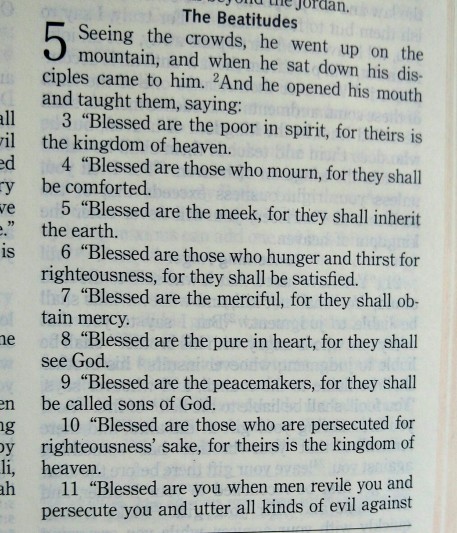
What Jesus Means to Me by Mahatma Gandhi

Cosimo Rosselli via Wikimedia Commons
Gandhi: “Although I have devoted a large part of my life to the study of religion and to discussion with religious leaders of all faiths, I know very well that I cannot but seem presumptuous in writing about Jesus Christ and trying to explain what he means to me. I do so only because my Christian friends have told me, on more than a few occasions, that for the very reason I am not a Christian and that (I shall quote their words exactly) “I do not accept Christ in the bottom of my heart as the only Son of God,” it is impossible for me to understand the profound significance of his teachings, or to know and interpret the greatest source of spiritual strength that man has ever known.
Although this may or may not be true in my case, I have reasons to believe that it is an erroneous point of view. I believe that such an estimate is incompatible with the message that Jesus Christ gave to the world. For, he was certainly the highest example of one who wished to give everything, asking nothing in return, and not caring what creed might happen to be professed by the recipient. I am sure that if he were living here now among men, he would bless the lives of many who perhaps have never even heard his name, if only their lives embodied the virtues of which he was a living example on earth; the virtues of loving one’s neighbour as oneself and of doing good and charitable works among one’s fellowmen.
What, then, does Jesus mean to me? To me, he was one of the greatest teachers humanity has ever had…” (continues: http://practicalspirituallife.com/jesus-means-mahatma-gandhi)
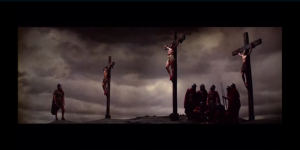
See also: Gandhi and Jesus
“Gandhi resisted evil with as much vigor and power as the violent resister, but he resisted with love instead of hate. True pacifism is not unrealistic submission to evil power. It is rather a courageous confrontation of evil by the power of love.” ~ MLK
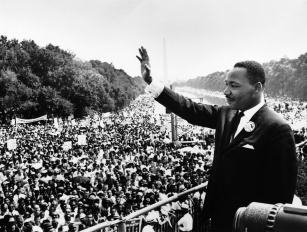 Martin Luther King Jr. addresses a crowd from the steps of the Lincoln Memorial where he delivered his famous, “I Have a Dream,” speech during the Aug. 28, 1963, march on Washington, D.C. (Credit: Marines via Wiki)
Martin Luther King Jr. addresses a crowd from the steps of the Lincoln Memorial where he delivered his famous, “I Have a Dream,” speech during the Aug. 28, 1963, march on Washington, D.C. (Credit: Marines via Wiki)
Summary of Nonviolence
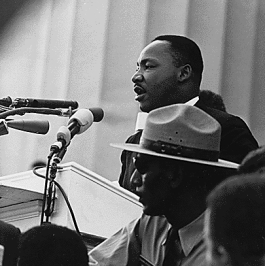
Dr. Martin Luther King, Jr. speaking at the Civil Rights March on Washington, Aug. 28, 1963.
(Credit: Army images)
Thankfully, Dr. Martin Luther King, Jr. provided an answer to this in his own words:
“Gandhi was probably the first person in history to lift the love ethic of Jesus above mere interaction between individuals to a powerful and effective social force on a large scale. The intellectual and moral satisfaction that I failed to gain from the utilitarianism of Bentham and Mill, the revolutionary methods of Marx and Lenin, the social contract theory of Hobbes, the ‘back to nature’ optimism of Rousseau, and the superman philosophy of Nietzsche, I found in the non-violent resistance philosophy of Gandhi.” ~ MLK, “My Pilgrimage to Nonviolence”

Gandhi, Spinning courtesy of Wikimedia Commons
“Mahatma Gandhi has done more than any other person of history to reveal that social problems can be solved without resorting to primitive methods of violence. In this sense he is more than a saint of India. He belongs – as they said of Abraham Lincoln – to the ages. In our struggle against racial segregation in Montgomery, Alabama, I came to see at a very early stage that a synthesis of Gandhi’s method of non-violence and the Christian ethic of love is the best weapon available to Negroes for this struggle for freedom and human dignity. It may well be that the Gandhian approach will bring about a solution to the race problem in America. His spirit is a continual reminder to oppressed people that it is possible to resist evil and yet not resort to violence. The Gandhian influence in some way still speaks to the conscience of the world as nations grapple with international problems. If we fail, on an international scale, to follow the Gandhian principle of non-violence, we may end up by destroying ourselves through the misuse of our own instruments. The choice is no longer between violence and non-violence. It is now either non-violence or non-existence. Oppressed people can deal with oppression in three ways. They can accept or acquiesce. Under segregation they can adjust to it. Yet non-co-operation with evil is as much a moral obligation as is co-operation with good. The minute one accepts segregation, one co-operates with it. Oppressed people can, on the other hand, resort to physical violence, a method both whole nations and oppressed peoples have used. But violence merely brings about a temporary victory and not permanent peace. It creates ever new problems. Gandhi has come on the scene of history with still another way. He would resist evil as much as the man who uses violence, but he resists it without external violence or violence of the spirit. That is what Gandhism does. It is a method of the strong. If the only alternative is between cowardice and violence, it is better – as Gandhi said – to use violence, but there is another way. I myself gained this insight from Gandhi. When I was in theological school, I thought the only way we could solve our problem of segregation was an armed revolt. I felt that the Christian ethic of love was confined to individual relationships. I could not see how it could work in social conflict. Then I read Gandhi’s ethic of love as revealed in Jesus but raised to a social strategy for social transformation. This lifts love from individual relationships to the place of social transformation. This Gandhi helped us to understand and for this we are grateful a decade after his death.”
“Religion is one of the most important forces in the world. Whether you are a Christian, a Muslim, a Buddhist, a Jew, or a Hindu, religion is a great force, and it can help one have command of one’s own morality, one’s own behavior, and one’s own attitude.”
-Nelson Mandela
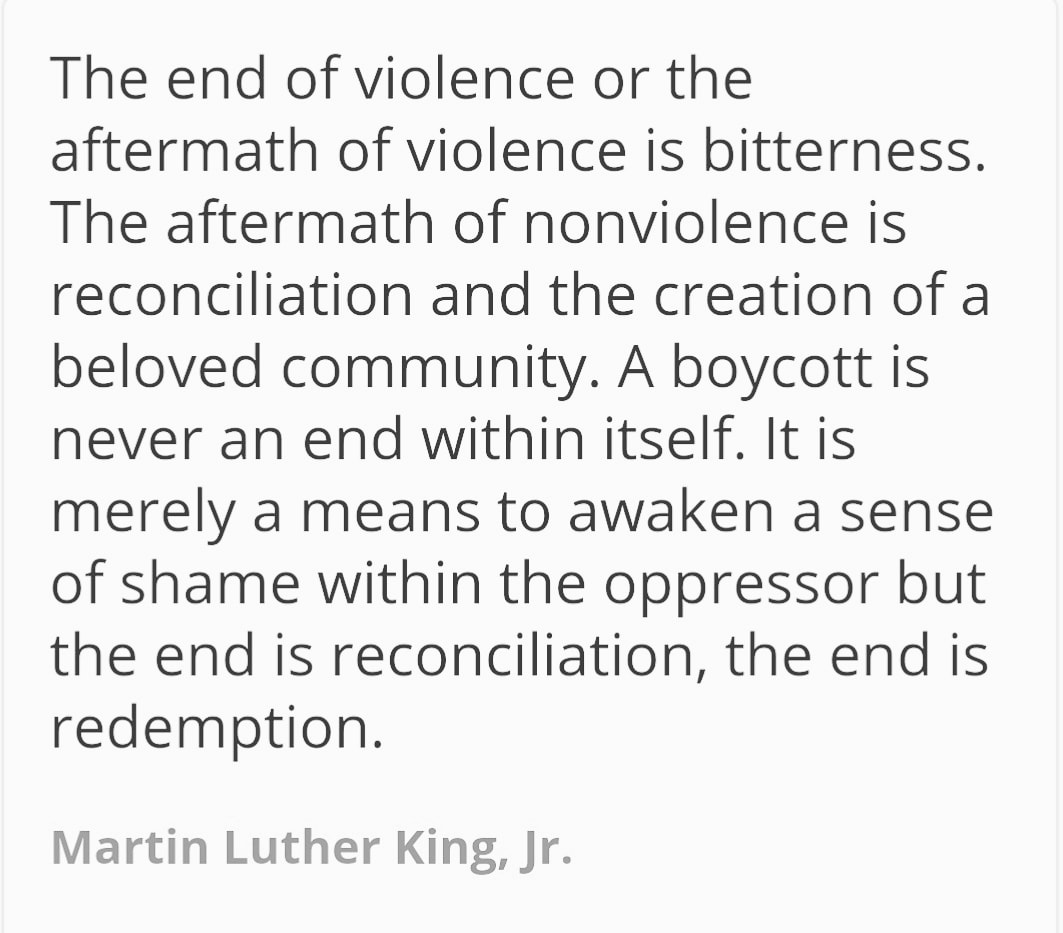
Martin Luther King Jr., “Why Jesus Called a Man a Fool” August 27, 1967
Nonviolence as an “all-in”/principle (as lived by Mahatma Gandhi &/or Martin Luther King Jr. and depicted by Miki Kashtan, see beneath):
See also: Nonviolence as a tactic (as lived by Nelson Mandela and depicted by Richard Stengel, beneath):
Re: Streetify
Defined: “In modern prose and poetry ‘street’ is used to define non-mainstream, a form of anti-establishment. It probably means to disassociate from what is regarded as ‘establishment’.”
On a ‘Heterodox’ approach to a Nonviolent Ethos….
Nonviolent Communication — and that is what this blog is primarily about, communication/dialogue skills — is often taught by NVC certified trainers such as Miki Kashtan who have, at their core, adopted Gandhi/King’s nonviolent ethos as a principle (see more here: [Learning Packet] All-in: Fully Committing to a Life of Nonviolence).
I have tremendous regard for the singlemindedness of their focus and do not intend to detract from the conviction this honorable tradition represents.
However, I have found that, speaking for myself only here, I would have likely dropped any apprentice to NVC if not for seeing an interview — relatively early on in my studies — depicting Nelson Mandela’s alternate path and affiliation with nonviolence as a tactic.
This has afforded me more spaciousness, a broadened repertoire from which to draw upon in my dialogic forays, and helped me stay on what would otherwise have been too slippery a path for my foothold to grip.
I offer said interview referencing Mandela’s notion of nonviolence as a tactic (subordinate to an overarching principle), directly beneath, in case it is of value to anyone else as a practitioner of NVC.
In a sense, this is in keeping with viewing NVC as a strategy (a relatively noncontroversial statement).
As Oren Jay Sofer has said, when once asked about why he would recommend NVC, he wouldn’t presume to necessarily (despite having spent the past two decades studying and teaching it). ‘Nonviolent Communication is a tool’ and, like any tool, it can be utilized in ways that are more or less effectual.
In order to have dialogic efficacy, it is challenging to not only master the skill but also incorporate it in a broader framework that aligns with one’s intent. It’s not a bug but too often a feature that NVC is conveyed with a “domination culture” ethos — like the formulaic guessing of feelings and needs which can alienate rather than connect — and rings false to one’s interlocutor. Or that one can be skillful in one capacity and yet have this be skewed as it’s incorporated and submerged within more reptilian brain wiring.
Think learning to type, and QWERTY vs. ‘hunt & peck’ how one at first apprentices and then aspires towards becoming a virtuoso at any keyboard, in an effort to convey meaning, can be about proper technique as well as how to grasp the consciousness.
For example, in an attempt to have relationship with others one might jump the gun by not taking a time out to get in touch with what matters — akin to a ‘spiritual bypass’ — without first having one with ourselves (think, self-inquiry via ‘self-connection process’ as a first step).
And, additionally, this may be true in how we conceive of NVC as a tool in our own toolbox. My particular take may not be in alignment with what Marshall Rosenberg intended to impart, however he might yet have appreciated the exploration.
Disclaimer: Just to underscore, this blog is about dialogue, and does not intend to endorse or condone violence. Mandela represents, for me, a way of incorporating NVC as a part of my communicative toolbox, as one of many means (rather than an end in itself), in dialogue with another.
 By Library of the London School of Economics and Political Science (Nelson Mandela, 2000 Uploaded by Fæ) [No restrictions], via Wikimedia Commons
By Library of the London School of Economics and Political Science (Nelson Mandela, 2000 Uploaded by Fæ) [No restrictions], via Wikimedia Commons
Have a core principle; everything else is tactics. Mandela’s principle was equal rights for all, regardless of race, class or gender.
~ Mandela’s Way
CHARLIE ROSE: The other thing that he had was some sense of what comes across here is the steel that was there.
RICHARD STENGEL: Yes.
CHARLIE ROSE: And he often said to you that everything — it wasn’t about principle, it was about tactics.
RICHARD STENGEL: Well, it’s funny, he had — that’s one of the chapters, is to have an overarching principle, and everything else is a tactic. He would say — and I’m going to say it in a plainer way than he would — he said, you have to have one core principle. He had one core principle above everything else, an overarching principle, which is to bring democracy one person, one man, one vote to South Africa, to reverse the history of apartheid, to bring democracy there. Everything else was a tactic. So even, for example, the ANC’s original embrace of non-violence from the Gandhi tradition, he would say “That’s a tactic, that’s not a principle.”
CHARLIE ROSE: So you can violate that.
RICHARD STENGEL: That’s right. And he did. When he became the leader of the ANC’s military wing he violated that, because he felt to achieve his great goal he needed to do that. And that was just a tactic. A lot of us would say, no, that’s a principle. He would say that’s a tactic.
Book: Mandela’s Way – Richard Stengel
Mandela: The Lost Tapes – Podcast Narrated by Nelson Mandela
In ‘Mandela: The Lost Tapes,’ a Veteran Journalist Finds Himself
Sharing ‘Mandela’s Way’ In Fifteen Lessons : NPR
Nelson Mandela’s Fight for Freedom – Best Documentary
Mandela became disenchanted with utilizing pure nonviolence, after fifty years of this approach being tried in South Africa with little to no results…
Via Richard Stengel’s book, Mandela’s Way: Fifteen Lessons on Life, Love, and Courage:
Excerpts from Chapter Six:
Have a Core Principle – Everything Else is Tactics
“Nelson Mandela is a man of principle – exactly one: Equal rights for all, regardless of race, class, or gender. Pretty much everything else is a tactic. I know that seems like an exaggeration – but to a degree very few people suspect, Mandela is a thoroughgoing pragmatist who was willing to compromise, change, adapt, and refine his strategy as long as it got him to the promised land. Almost any means justified that one noble end…Mandela has been called a prophet, a saint, a hero. What he is not is a naive idealist. He is an idealistic pragmatist, even a high-minded one, but at the end of the day, he is about getting things done. Over and over during the course of our time together, Mandela made a distinction between principles and tactics. (Or principles and strategy – he used the words tactics and strategy interchangeably.) This view evolved over his time in prison; the man who first went to jail was not nearly as strategic or tactical as the man who came out…After seeing the government’s consistent use of violence in repressing black protest, Mandela grew impatient with nonviolence. He felt a though he was carrying a spear to a gunfight. Finally, in 1961, Mandela journey to Natal to discuss a change of course with Chief Albert Luthuli, who was then the president of the ANC and who had won the Nobel Peace Prize the year before for leading the nonviolent struggle against apartheid. Mandela had immense respect for ‘the Chief,’ as he called him, and I asked Mandela what was Luthuli’s response to the change in strategy. ‘He of course opposed the decision because he was a man who believed in nonviolence as a principle,’ Mandela recalled.’ ‘Whereas I and others believed in nonviolence as a strategy, which could be changed at any time the conditions demanded it. So that was the difference between us.’ Many of the Indian members of the ANC were adamant about not abandoning nonviolence. Mandela recalled that J. N. Singh, the great Indian freedom fighter, fought the change. ‘J. N. kept on saying, with great eloquence, ‘No, nonviolence has not failed us, we have failed nonviolence.’ And these slogans, you know, can be powerful.’ But for him, the opposition had become a slogan, not a principle. In his hardheaded way, he had concluded that only a violent guerrilla movement had a chance of toppling apartheid. ‘It is a question the conditions which prevail, whether you have to use peaceful methods or violent methods. And that is determined purely by conditions,’ he told me. Conditions plus principles determined strategy. Mandela is not and never was a Gandhi, a man whose devotion to nonviolence was a life a principle that if violated would make the victory not worth having. Yes, Mandela preferred nonviolence – and had a personal revulsion toward violence of any kind – but the policy of nonviolence was undermining the one overarching principle that he could never lose sight of…Once he had achieved his great goal of bringing constitutional democracy to South Africa, he embraced its corollary: achieving racial harmony. Everything else was subordinate to those overriding goals. When conditions change you must change your strategy and your mind. That’s not indecisiveness, that’s pragmatism.” (See also – Sharing ‘Mandela’s Way’ In Fifteen Lessons : NPR)
The Atlantic Online:
Mandela and the Question of Violence
Stengel’s Mandela obituary:
Nelson Mandela, 1918–2013: Remembering an Icon of Freedom
Mandela roundtable: A reporter, biographer and poet reflect
Note who ‘liked’ several of my tweets, beneath, s’il vous plait:
